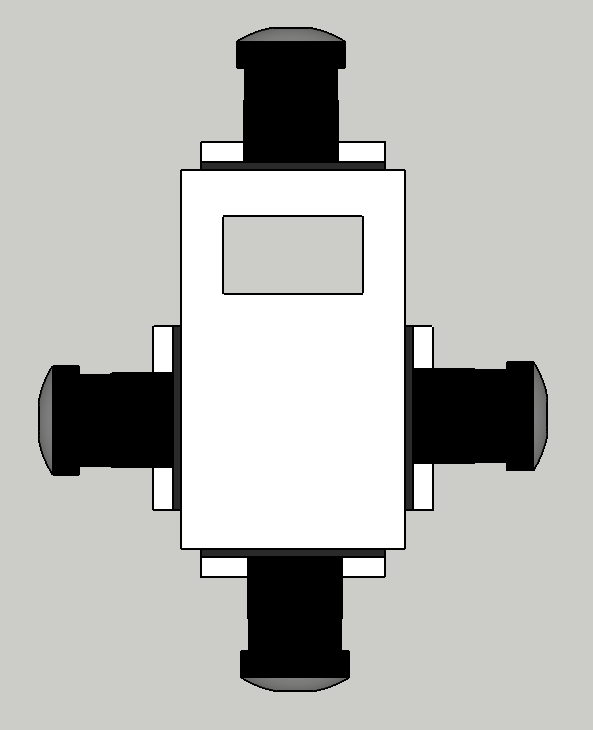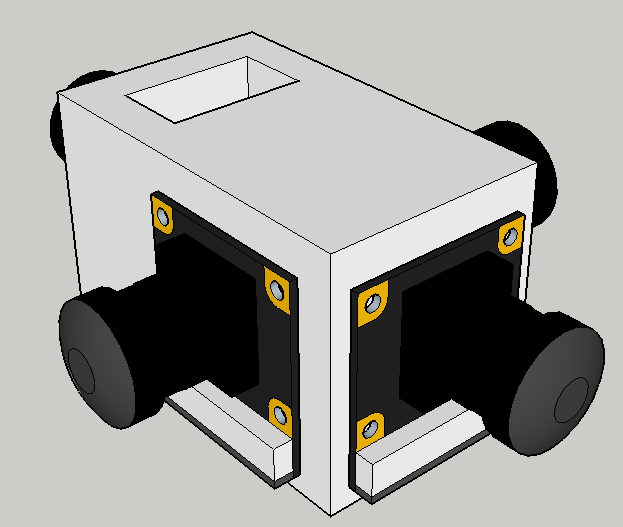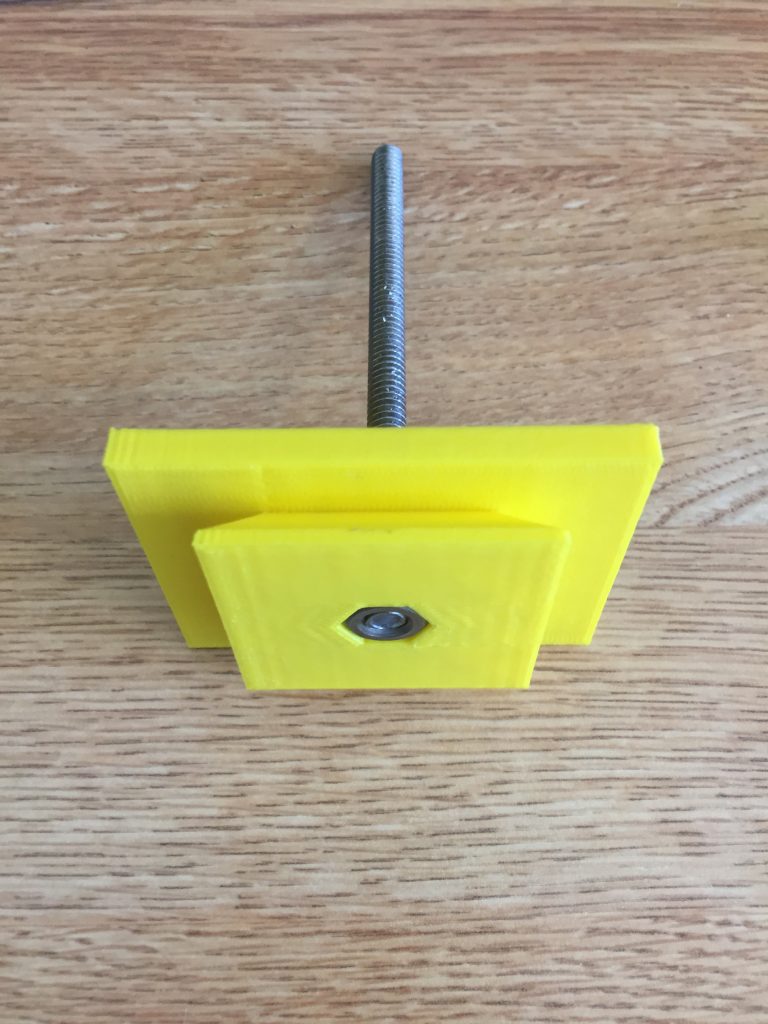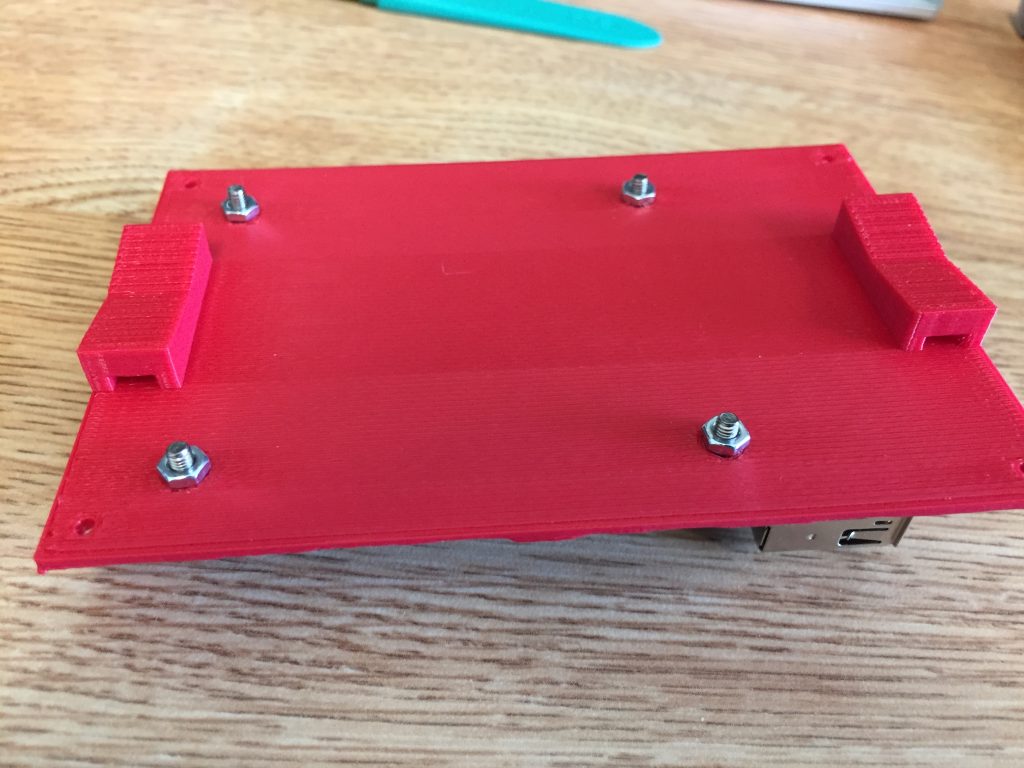Project Overview
This is a Raspberry Pi based 360 camera time-lapse system. I’ve been developing it the entire semester. The four wide angle cameras are connected to a Raspberry Pi via the white ribbon cables you see. The cameras are screwed into a custom 3D printed mount.
The camera mount stands on a 4” threaded rod affixed to a 3D printed tripod plate that I designed.
The Raspberry Pi is mounted to a 3D printed platform, designed to match the geometry of the tripod leg.
The system is designed to take 360 time-lapses. You can view my most recent time-lapse here. Last time, it took a set of photos every 2 minutes. Today, it is configured to take a set of four photos every 30 seconds. These four photos are automatically fused into one cohesive wraparound panorama. Over a full day at this interval, I expect it to take around 1800 rounds of photos, which I’ll use as the frames of a time-lapse video. Check back here later this week to see the time-lapse from today.
A regular photo encapsulates a fragment of a scene. A normal time-lapse captures only part of a day. This platform’s 360° field of view gives you the freedom to look any way you please, making the entire scene visible as a day unfolds in 30 seconds. This project is designed to democratize panoptic recording technology and encourage viewers to cogitate on the tremendous beauty in the world around them and the unrelenting passage of time.
The camera mount, tripod plate, and Pi mount were rigorously prototyped. Each component was carefully modeled and 3D printed to exact specifications. Numerous alternative software solutions were explored until the perfect blend of autonomy, efficiency, and power was produced. The final result is the culmination of a semester of detailed thought, design, and redesign, ready to capture the world in a mesmerizing way.
If you are interested in learning more about this project and it’s development, I encourage you to read further down this blog, as it contains the full technical history of this project.



